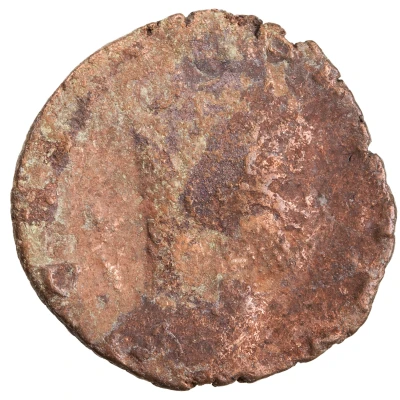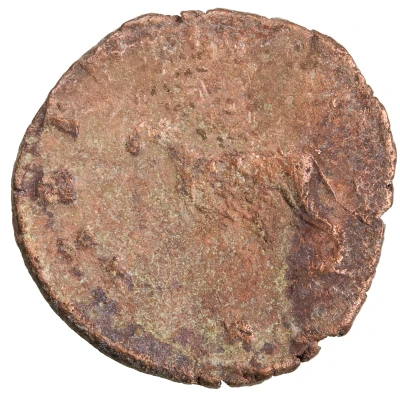Antoninianus - Gallienus IO CANTAB; Jupiter
| Silver | - | - |
| Issuer | Rome › Roman Empire (27 BC - 395 AD) |
|---|---|
| Emperor | Gallienus (Publius Licinius Egnatius Gallienus) (253-268) |
| Type | Standard circulation coin |
| Years | 260-268 |
| Value | Antoninianus (1) |
| Currency | Antoninianus, Reform of Caracalla (AD 215 – 301) |
| Composition | Silver |
| Shape | Round (irregular) |
| Technique | Hammered |
| Demonetized | Yes |
| Updated | 2024-10-05 |
| Numista | N#289312 |
|---|---|
| Rarity index | 100% |
Reverse
Jupiter, standing left, holding thunderbolt in right hand and sceptre in left hand.
Script: Latin
Lettering: IO CANTAB
Translation:
Iovi Cantabriorum.
To the Jupiter of the Cantabri.
Comment
Source:Online Coins of the Roman Empire (OCRE)
Interesting fact
The Antoninianus coin , which features Gallienus (260-268 AD) and Jupiter on the reverse, is notable for its unique design. The obverse of the coin depicts Gallienus wearing a radiate crown, which symbolizes the sun god, while the reverse shows Jupiter holding a lightning bolt and a scepter. This design was meant to emphasize the connection between the Roman emperor and the powerful deity, and it was a common motif in Roman coinage during this period. Additionally, the fact that the coin was made of silver is also significant. Silver was a valuable and highly sought-after metal in ancient Rome, and the use of silver in coinage was a symbol of the empire's wealth and power. The production of silver coins was carefully regulated by the Roman government, and the minting of coins like the Antoninianus was overseen by skilled craftsmen who ensured their quality and consistency. Overall, the Antoninianus coin is a fascinating piece of history that provides insight into the cultural and economic practices of ancient Rome.

